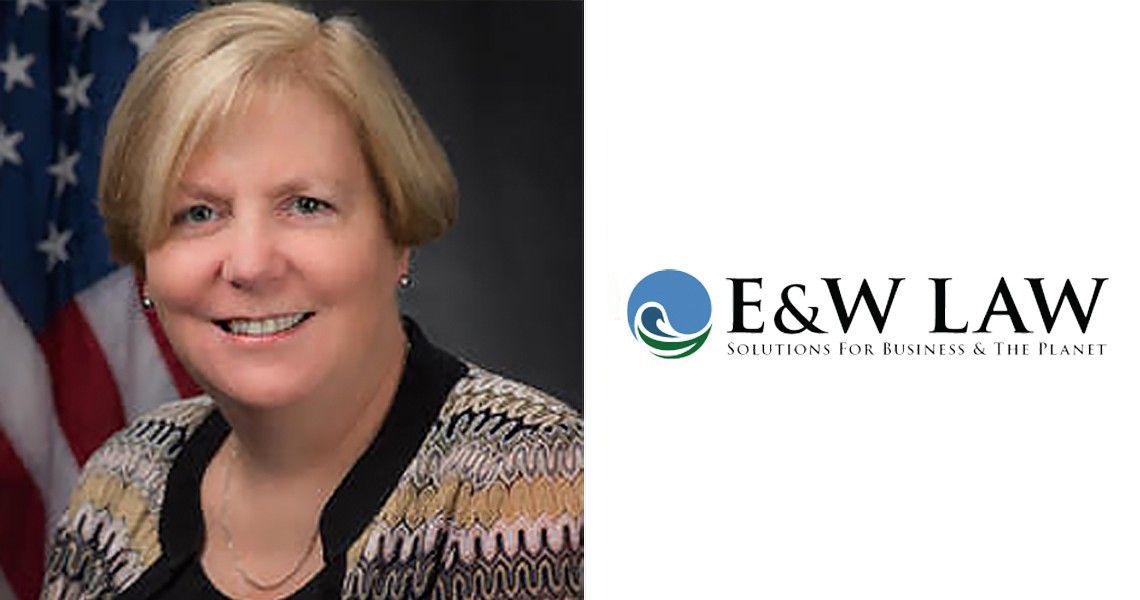On August 29, 2023, EPA and the Corps of Engineers released a prepublication version of their response to the Supreme Court Opinion in Sackett v. United States, 598 U.S. _, 143 S. Ct. 1322 (2023) (“Sackett”). The final rule and its preamble are very short. It revises the January 2023 WOTUS regulatory text to removal all language pertaining significant nexus. It deletes interstate wetlands from the category of interstate waters. Finally, it amends the definition of “adjacent” to mean “having a continuous surface connection.”
EPA and the Corps did not take comment on their interpretation of the Sackett opinion, citing the APA “good cause” exception from the requirement for notice and comment where those procedures are unnecessary. This argument implies that the August rule is the only response they could have made. Many in both the environmental and regulated communities may disagree with that assertion.
Many concerns of the regulated community arise from interpretations found in the preamble to the January 2023 final rule. 88 Fed. Reg. 3004 (Jan. 18, 2023). The preamble instructs the agencies on how to identify a “tributary,” a “relatively permanent” water, and “a continuous surface connection,” none of which is defined in rule language.
Pending litigation over the January 2023 rule already encompasses challenges to this guidance. Of course, the litigants will have to persuade a reviewing court that the preamble language is legally binding and therefore reviewable as a rule. If that claim fails, then the regulated community will have to challenge these definitions as applied in specific permit situations, prolonging the uncertainty over the extent of CWA jurisdiction.
According to the January 2023 preamble, a relatively permanent water does not include ephemeral flows. 88 Fed. Reg. at 3039, 3080, 3084. However, it is clear that EPA and the Corps consider ephemeral flows to be tributaries. To identify a tributary, all EPA and the Corps need to do is to “be able to trace evidence of a flowpath downstream.” 88 Fed. Reg. at 3079. That flowpath does not need to consist of “waters of the United States.” 88 Fed. Reg. at 3079, 3084. It can include ephemeral flows. 88 Fed. Reg. at 3084. “A tributary may flow through another stream that flows infrequently, and only in direct response to precipitation, and the presence of that stream is sufficient to demonstrate that the tributary flows to a paragraph (a)(1) water.” Id. In fact, according to the preamble, “[t]ributaries are not required to have a surface flowpath all the way down to the paragraph (a)(1) water.” Id. The flowpath may include subsurface flow. Id.
Once the agencies identify a tributary, they must then decide whether the tributary is “relatively permanent.” According to the January 2023 preamble, this determination can be based on runoff from “a concentrated period of back-to-back precipitation events.” 88 Fed. Reg. at 3086-87. That means that a stream can be considered a “relatively permanent” “water of the United States” if there are sustained flows from large storms even if the stream does not ever reach a navigable water.
The agencies also can determine that a stream is “relatively permanent” based on the identification of a bed and bank – the same test that the agencies previously used to regulate ephemeral flows — or the presence of water-stained leaves, hydric soils, floodplains, algae, benthic macroinvertebrates, and other hydrologic and biologic indicators – the same indicators used to identify wetlands. 88 Fed. Reg. at 3087-88.
Many will argue that the guidance on identifying both tributaries and “relatively permanent” waters is not consistent with Sackett.
The treatment of wetlands in the January 2023 preamble is similarly questionable. Following Sackett, it is clear that wetlands are not an independent category of “waters of the United States” and are regulated only when, as a result of a “continuous surface connection,” the wetlands are indistinguishable from a “water of the United States.” The rationale used in Rapanos and adopted by Sackett to support the regulation of wetlands is the recognition that the demarcation where water ends and land begins is not always clear. Rapanos at 742, 755; Sackett, slip op. at 21-22.
In contrast, the January 2023 preamble does not implement that line-drawing exercise. A wetland can be clearly distinguishable from a “water of the United States” and still be regulated. The January 2023 preamble requires only a physical connection between a wetland and a “water of the United States.” That connection does not need to be a “water of the United States” itself. It need only be a feature on the landscape. It does not even need to be wet and can be identified by tools such as NRCS soil maps, Lidar, and satellite imagery. 88 Fed. Reg. at 3095-96.
As with the guidance on tributaries, it appears questionable that the January 2023 preamble language on what constitutes a “continuous surface connection” is consistent with Sackett.
However, until replaced with superseding guidance, or found to be invalid by a court, EPA and Corps field staff will be regulating tributaries, relatively permanent waters, and adjacent wetlands based on the guidance provided by the January 2023 preamble.




